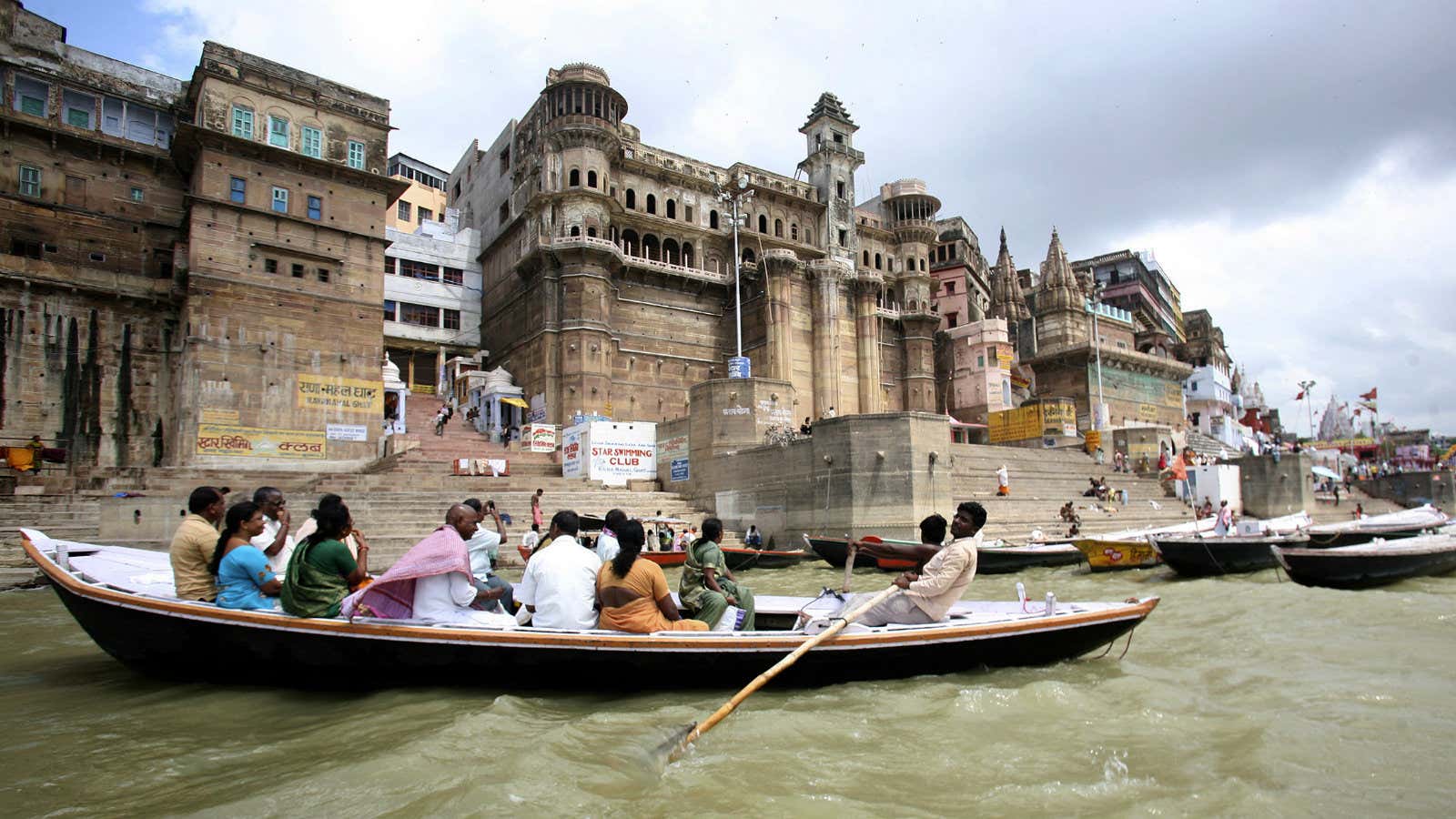By 2050, India’s urban population is set to rise by more than 400 million people to 814 million. And with big cities bursting at the seams, massive urbanisation would be seen elsewhere.
The AlphaWise City Vibrancy Index, developed by Morgan Stanley, shows that smaller cities would drive urbanisation in Asia’s third largest economy. The index has tracked three drivers of urbanisation—job opportunities, consumption and financial infrastructure. According to the bank, these factors measure the “vibrancy” of a city.
“Urbanisation is more than people moving to a new city. It includes rising population density, job opportunities, increasing financial savings, lifestyle changes, and upgrades in consumption profiles,” Morgan Stanley said in a report accompanying the index, which is updated every six months.
The table below shows India’s top five cities in each parameter. The index has looked at 50 of the largest cities by population:
The costs of living and doing business in India’s heaving metropolises, especially Mumbai and Delhi, have become intimidatingly high. As a result, satellite towns like Noida and Gurgaon near Delhi, and cities like Pune and Nashik located near Mumbai, are being favoured by firms and families alike.
Small cities like Nashik and Varanasi are ranked higher in the financial infrastructure category because these cities have seen an increase in penetration of automated teller machines (ATMs) and bank branches since 2011.
Morgan Stanley’s research also revealed some key consumption patterns in the top 200 Indian cities by population. Here are some of the more striking observations:
Multiplexes are growing at a breathless pace in India’s top 200 cities. The penetration of multiplexes has increased to 65% now from 30% in 2011.
About 75% of the top 200 cities do not have a luxury car dealer. However, this is one of the fastest growing segments in the consumption basket.
About 90% of the top 200 cities do not have a five-star hotel and 75% do not have a high-end gym.
Hypermarkets, as a segment, has not seen much growth. More than two-thirds of the top 200 cities don’t have a big hypermarket chain.




